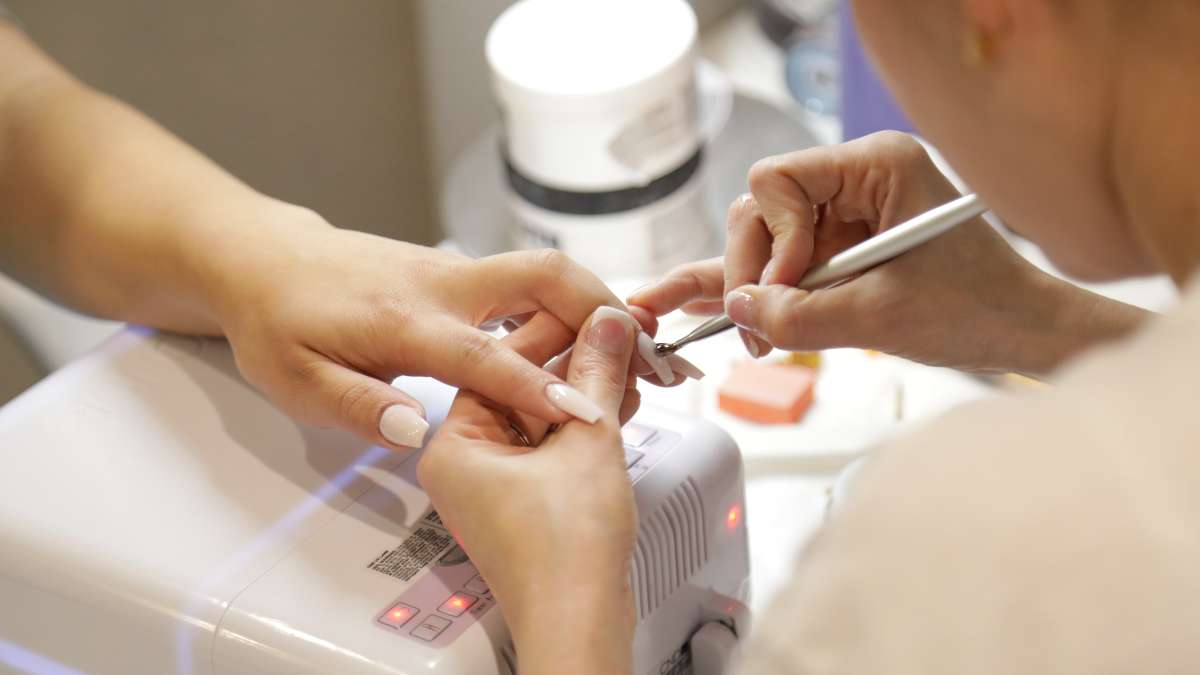Infection
Nail inflammation and infection can occur after manicures
Dear Doctors: Right after I got a manicure, the skin around two of my fingernails got red and really swollen. My roommate says it can happen when the manicurist cuts your cuticles. Is that true?
Dear Reader: The focus on the fingernails is often as a decorative space. However, they play a crucial role in protecting and stabilizing the tips of the fingers. This allows them to become the versatile tools we rely on countless times throughout each day. The nails themselves, which we use when we scratch an itch, pick up a tiny object or untie a bow, are also part of that toolkit. All of this makes the state of our nails an important part of general health.
You have described the symptoms of paronychia, which refers to inflammation and infection in the skin surrounding a fingernail or a toenail. It can occur when a pathogen, typically bacteria, finds a way past the barriers that protect the tissues around and beneath the nail.
One of these barriers is the cuticle, which is the band of tissue that arcs across the top of the nail. It shields the nail root, which is where nail growth begins. The folds of skin along the sides of the nail also offer protection. Along with the cuticle, they shield the complex and delicate tissues involved in nail growth.
The most common cause of paronychia is a staph infection, caused by the bacterium Staphylococcus aureus. Strep bacteria and fungi can cause nail infections as well. The infection itself can occur when the protective barriers around your fingernails or toenails are breached. It can be due to an injury, an ingrown toenail, from biting your nails or cuticles, from prolonged contact with water or other liquids, from contact with a corrosive substance and, yes, from an injury that occurs in the course of having your nails cut or filed, and the cuticles trimmed or pushed back during a manicure.
This type of infection is usually pretty straightforward. Diagnosis is with a visual exam, and treatment depends on the severity of the infection. Mild cases can be treated at home. This includes soaking the area several times a day in clean, warm water to help ease pain and swelling. Be sure to dry it thoroughly and use a topical antibiotic to address the infection.
You will want to see your health care provider if an abscess has formed; they may need to lance and drain it. As with any infection, the infected area must be kept clean and dry. When an infection fails to clear up, it is possible that oral antibiotics may be prescribed. When this is the case, be sure to take the entire course of antibiotics, even if the infection appears to be better.
To avoid paronychia, don’t bite or chew your nails or cuticles, and avoid cutting your cuticles and nails too short. Wear waterproof gloves when working with water. Using hand lotion and rubbing it into your cuticles will help keep them soft and hydrated, which will keep them from cracking.
(Send your questions to [email protected], or write: Ask the Doctors, c/o UCLA Health Sciences Media Relations, 10960 Wilshire Blvd., Suite 1955, Los Angeles, CA, 90024. Owing to the volume of mail, personal replies cannot be provided.)

